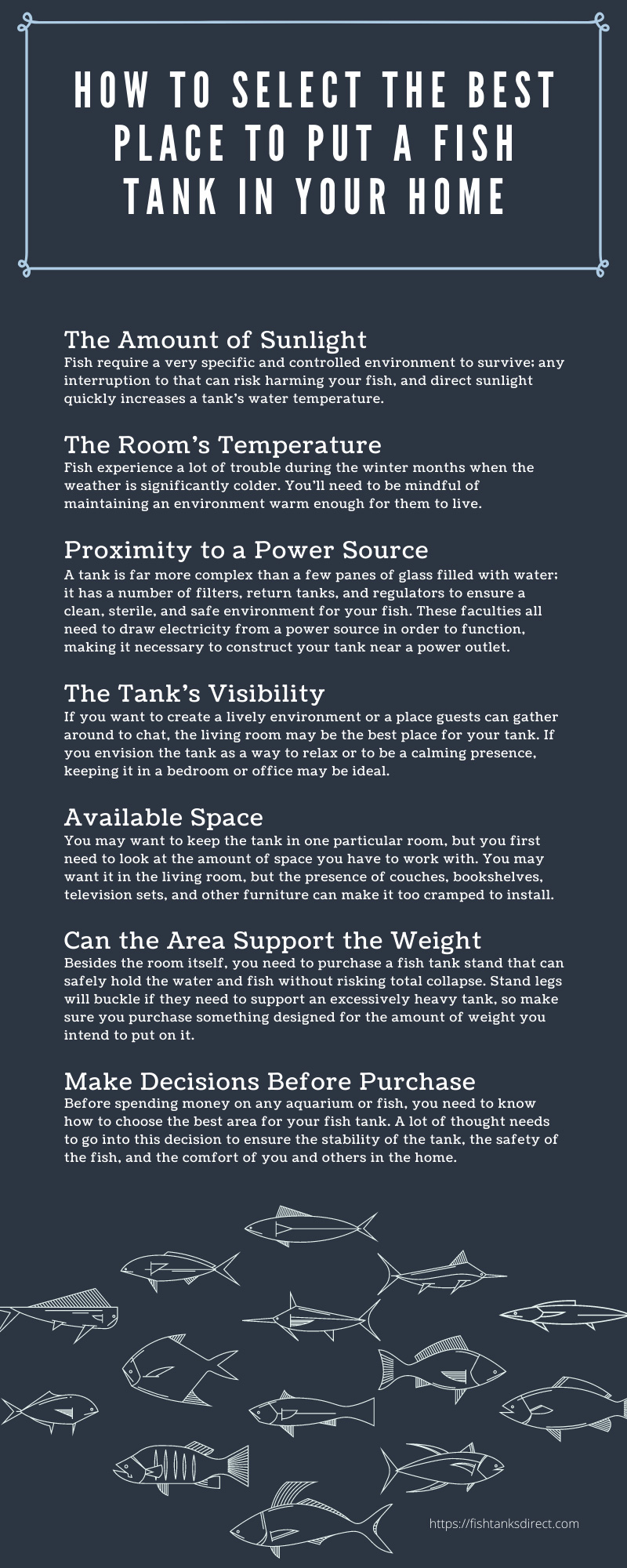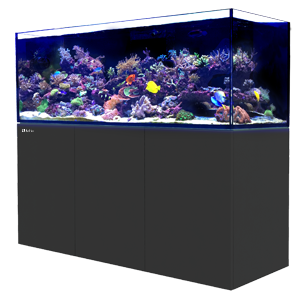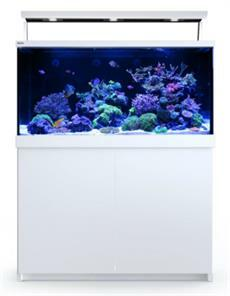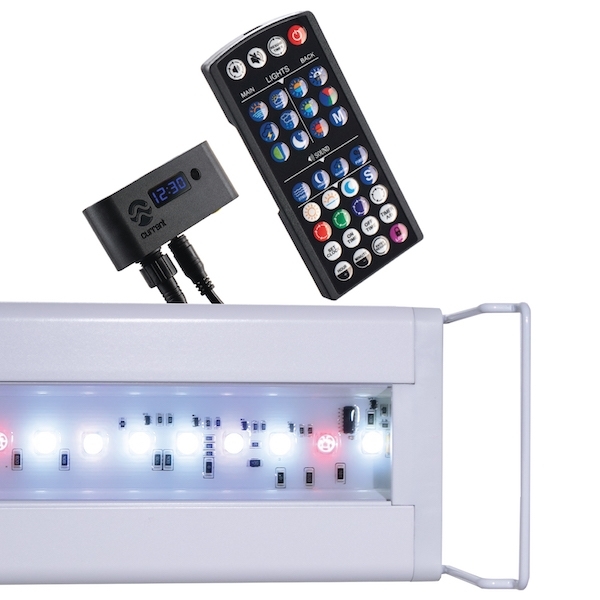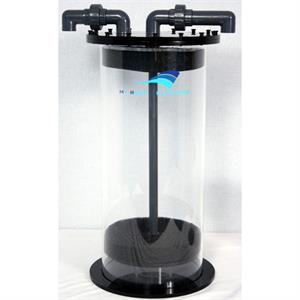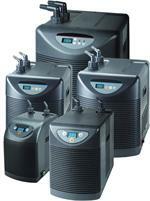How To Select the Best Place To Put a Fish Tank in Your Home
FishTanksDirect on Sep 3rd 2021
When you want to install an aquarium in your home, there are a few things you need to look at to find the optimal placement for the tank. It’s not viable to put it just anywhere. Whether due to space limitations or fluctuating temperatures, you need to narrow down your options before making any purchases. Be aware of how to select the best place to put a fish tank in your home.
Not giving it proper thought can result in a few complications, the first being that you will risk the safety of the fish. Just like any other animal, fish are not just a decoration—they’re a pet, and you need to ensure they are healthy, safe, and thriving. The second impact affects you as the owner; improper placement can risk damage to the home or create an uncomfortable environment.
The Amount of Sunlight
Under most circumstances, inviting natural light into your home is a beneficial characteristic. But when it comes to sunlight and fish tanks, the two don’t mix very well. The first issue with the sun involves the fluctuation of temperature. Fish require a very specific and controlled environment to survive; any interruption to that can risk harming your fish, and direct sunlight quickly increases a tank’s water temperature.
Aside from the change in temperature, the sun also promotes the growth of algae in the tank. The sun’s rays feed the algae through photosynthesis, allowing it to spread throughout the tank rapidly. The algae can prove harmful to your fish, poisoning them and risking the loss of all your fish. On top of the safety concerns for your fish, algae also block the view from the outside looking in, creating an unappealing look.
The Room’s Temperature
In the same way that you need to avoid direct sunlight to avoid rising water temperature, you need to ensure the room that houses your aquarium has a consistent temperature. Make sure the room is well ventilated and that you can adjust the interior climate no matter what time of year it is.
Fish experience a lot of trouble during the winter months when the weather is significantly colder. You’ll need to be mindful of maintaining an environment warm enough for them to live. There are devices that allow you to regulate the temperature of the tank directly, but that is not an excuse to completely neglect the temperature of the room.
Proximity to a Power Source
A tank is far more complex than a few panes of glass filled with water; it has a number of filters, return tanks, and regulators to ensure a clean, sterile, and safe environment for your fish. These faculties all need to draw electricity from a power source in order to function, making it necessary to construct your tank near a power outlet.
You need to exercise some caution when doing so because electricity and water do not mix. You need to find a good spot that is far enough away from the outlet but still close enough to plug in the necessary devices. Be careful of extension cables along the floor, as those can be tripping hazards to passersby.
The Tank’s Visibility
Besides safety considerations, you also need to consider the optimal place to display your aquarium. Whether you want it to be fully visible in the living room or somewhere more private, like an office or basement, you need to think of the reason why you have the tank in the first place.
If you want to create a lively environment or a place guests can gather around to chat, the living room may be the best place for your tank. If you envision the tank as a way to relax or to be a calming presence, keeping it in a bedroom or office may be ideal. Be aware of why you want to purchase the aquarium and how you can get the most out of it.
Available Space
You may want to keep the tank in one particular room, but you first need to look at the amount of space you have to work with. You may want it in the living room, but the presence of couches, bookshelves, television sets, and other furniture can make it too cramped to install.
Before you start moving around objects and furniture, you need to think ahead of how you plan to fit your tank in an existing room. Don’t be afraid to reorganize an area; just make sure you run it by others who may live in the home. The change affects them as well.
Ease of Access
Among the other issues with optimal space, visibility, and access to power outlets, you can’t neglect access to the tank or any of its auxiliary systems. If you plan to push the aquarium against a wall or surround it with other furniture such as desks or shelves, you need to remember that you may have to get behind the tank sometimes.
It’s easy to get carried away with decorating the room around the aquarium, but you need to keep practicality in mind above all else. You’ll need to replace filters, plugs, chords, and stands, but those tasks become significantly harder when you have no easy access to the tank.
Can the Area Support the Weight
Aquariums can weigh hundreds of pounds, and all that weight is relatively concentrated on one area. Because of the amount of water they can hold (and how much that water can weigh), you must make sure the room in which you install the aquarium can hold the weight.
Besides the room itself, you need to purchase a fish tank stand that can safely hold the water and fish without risking total collapse. Stand legs will buckle if they need to support an excessively heavy tank, so make sure you purchase something designed for the amount of weight you intend to put on it.
Make Decisions Before Purchase
Before spending money on any aquarium or fish, you need to know how to choose the best area for your fish tank. A lot of thought needs to go into this decision to ensure the stability of the tank, the safety of the fish, and the comfort of you and others in the home. Remember to consider the worst-case scenario in each room and what it will take to make each potential space a viable location for your tank.
